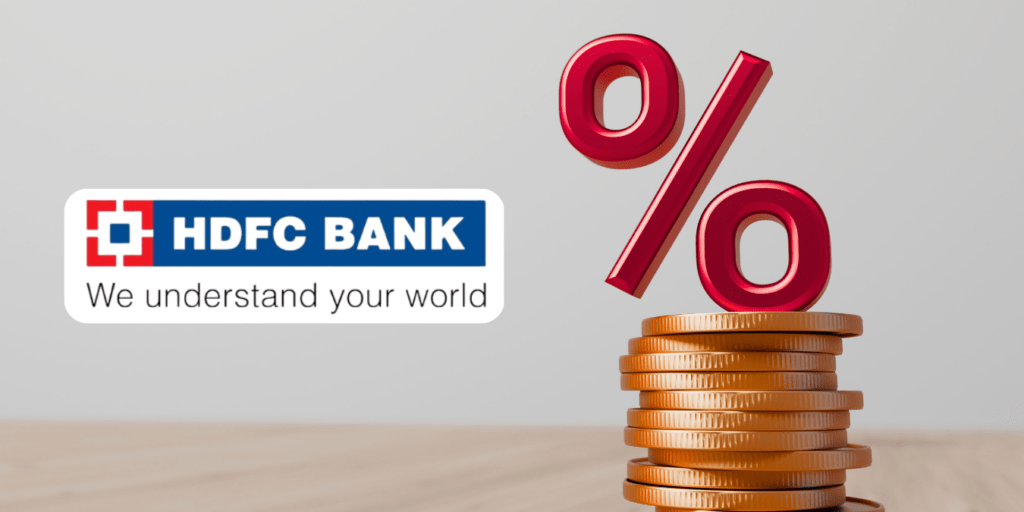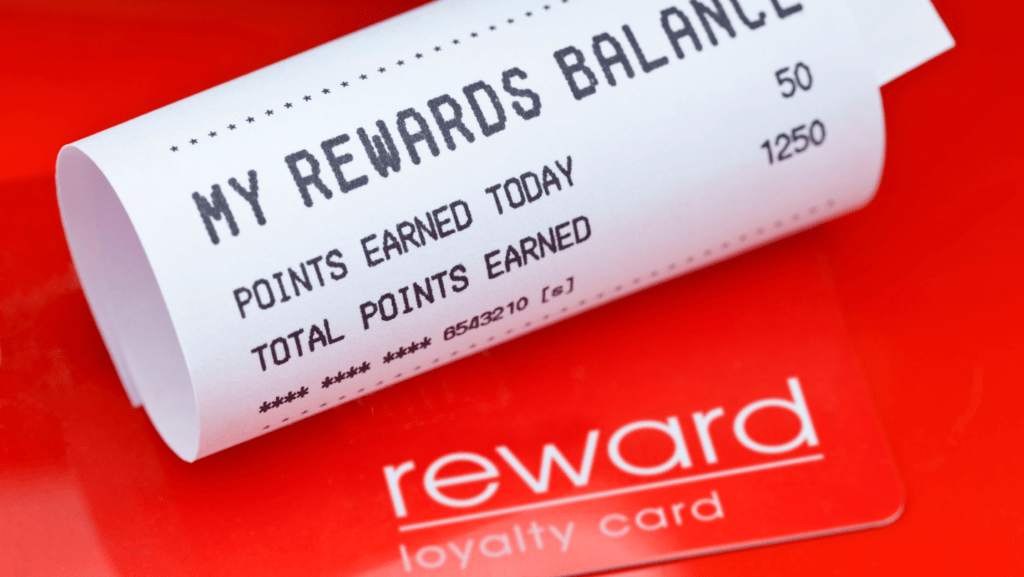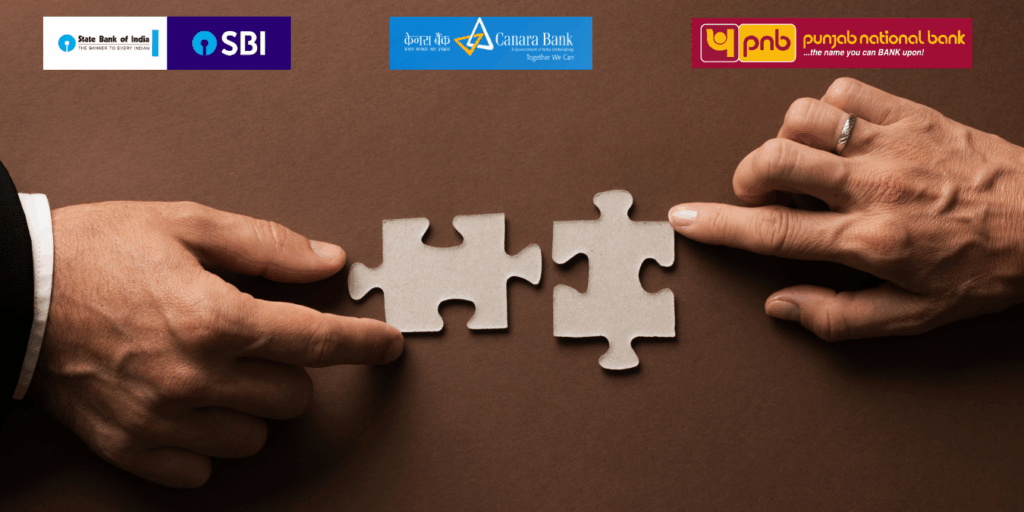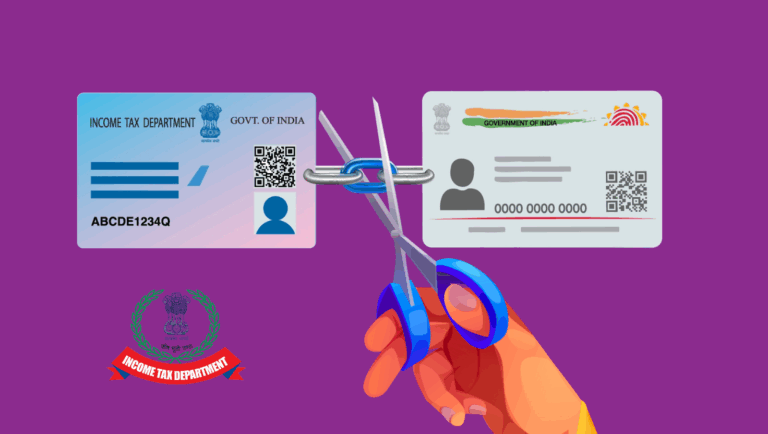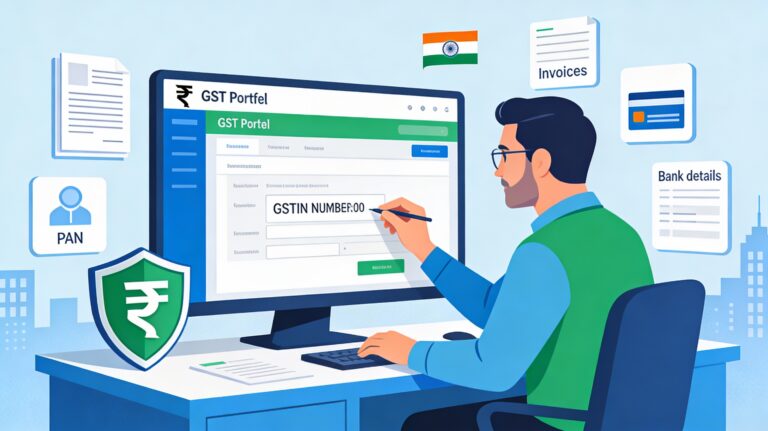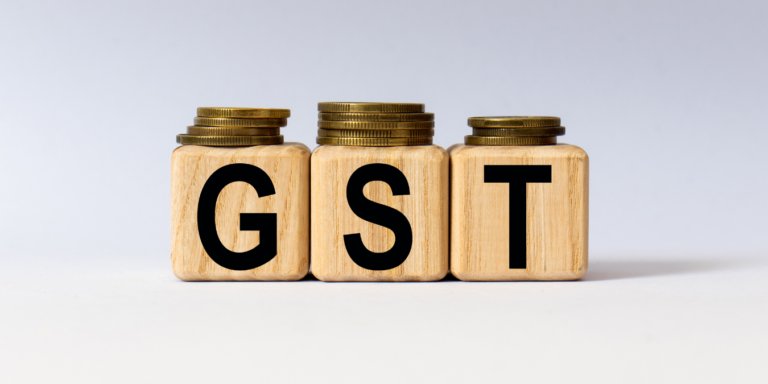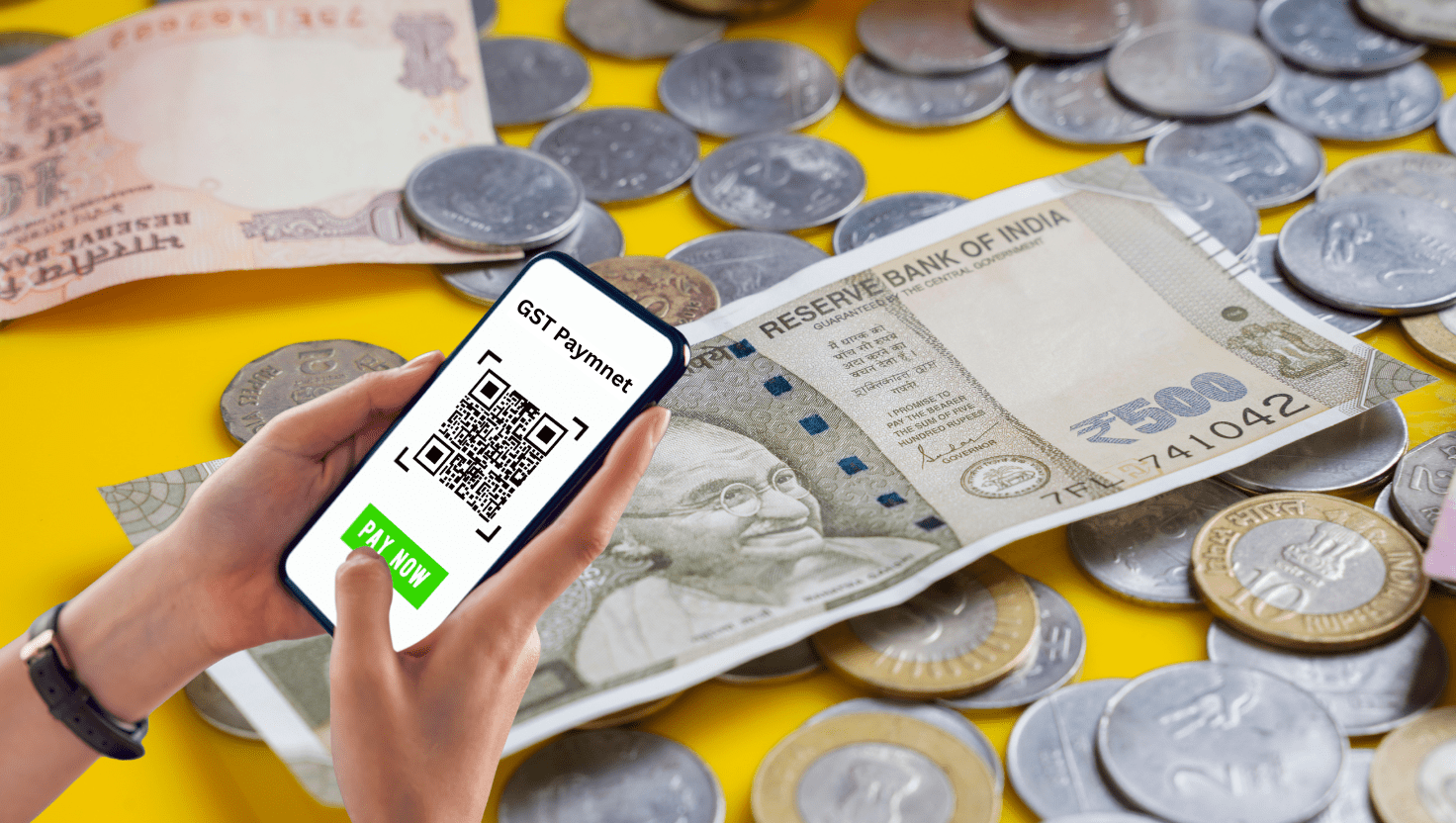
India’s GST revolution unfolds! In 2025, UPI and debit/credit card payments transform GST compliance across 24 states, aligning with simplified 5% and 18% slabs and a 40% luxury rate. From Assam’s small traders to Mumbai’s corporates, instant payments empower taxpayers, slashing compliance woes. With ₹2 lakh crore collections and exemptions for essentials, GST 2.0 fuels Digital India’s rise. Will this spark a viral shift in tax culture?
A significant leap in India’s digital governance journey, the Goods and Services Tax Network (GSTN) now empowers taxpayers in 24 states and union territories to pay their GST dues using UPI and debit/credit cards. This modern facility supports all the major card and UPI networks, leading banks, and is a pivotal reform as businesses brace for the latest GST rate overhaul in 2025.
From MSMEs to large enterprises and individual filers, this change enhances transparency, ease of doing business, and tax compliance, reflecting the aspirations of the “Digital India” vision.
GST in India: An Evolving Landscape
GST is India’s landmark indirect tax system that replaced a multitude of state and central levies since July 1, 2017. The regime pursues simplification, transparency, and efficiency in tax collection for goods and services.
GST Structure and Reforms in 2025
- As of September 22, 2025, GST will operate with two principal slabs: 5% and 18%, with a special 40% rate exclusively for luxury and sin goods.
- The latest overhaul abolishes the previous 12% and 28% slabs and widens exemptions for essentials, personal health insurance, and educational materials.
GST Payments: From Traditional Modes to UPI & Cards
Traditionally, GST payments relied on net banking, over-the-counter challans, and NEFT/RTGS. However, digital literacy and demands for convenience rapidly fueled the rollout of UPI and card-based payment options.
Why This Matters
- Accessibility: Even first-time digital taxpayers can now use a familiar UPI or card interface.
- Speed: Instant confirmations reduce delays or lapses in compliance, especially crucial during deadlines.
- Inclusivity: Multiple banks and networks mean rural and urban taxpayers have broad access.
How Will You Pay in 2026? RBI’s New Rules Transform Digital Transactions!
HDFC Slashes FD Rates: What RBI Policy Means for Your Savings Now
From Groceries to Mortgages: Surprising Bills You Can Pay with Credit Card Points
What is the surprising ripple effect of RBI’s approval of Junio Payments that most Indians don’t yet realize?
States Offering GST Payments via UPI and Cards
As of September 6, 2025, the facility is live in 24 states/UTs, covering over 70% of India's population and economic activity. Mizoram was the latest addition, completing the rollout in Northeast regions.
GSTN’s digital payment facility is now operational in the following 24 States/UTs:
| State/UT | UPI Enabled | Debit/Credit Card Enabled | Notable Banks |
| Arunachal Pradesh | Yes | Yes | ICICI, Axis, HDFC, IDFC First |
| Assam | Yes | Yes | Bandhan Bank |
| Delhi | Yes | Yes | HDFC, ICICI, Axis, Kotak Mahindra |
| Goa | Yes | Yes | Canara, Axis, HDFC |
| Gujarat | Yes | Yes | ICICI, Axis, HDFC, Karur Vysya |
| Haryana | Yes | Yes | Bandhan, Axis, HDFC, ICICI |
| Himachal Pradesh | Yes | Yes | Axis, HDFC |
| Jammu & Kashmir | Yes | Yes | Dhanlaxmi, Axis, HDFC |
| Jharkhand | Yes | Yes | Axis, Canara, HDFC |
| Karnataka | Yes | Yes | Karnataka Bank (UPI only), Axis, HDFC |
| Kerala | Yes | Yes | South Indian Bank, Axis, HDFC |
| Madhya Pradesh | Yes | Yes | Axis, HDFC, ICICI |
| Maharashtra | Yes | Yes | Axis, HDFC, ICICI, Bandhan |
| Manipur | Yes | Yes | IDFC First Bank (UPI & Card), Bandhan Bank |
| Mizoram | Yes | Yes (Debit) | Indian Bank (debit), South Indian Bank (UPI) |
| Odisha | Yes | Yes | Axis, HDFC, ICICI |
| Puducherry | Yes | Yes | Axis, HDFC |
| Punjab | Yes | Yes | Axis, HDFC, TMB |
| Rajasthan | Yes | Yes | Axis, HDFC, ICICI |
| Tamil Nadu | Yes | Yes | Karur Vysya Bank (UPI), Axis, HDFC, ICICI |
| Tripura | Yes | Yes | Axis, HDFC |
| Uttarakhand | Yes | Yes | Axis, HDFC |
| Uttar Pradesh | Yes | Yes | Axis, HDFC, ICICI |
| West Bengal | Yes | Yes | Axis, HDFC, Bandhan Bank |
The bank partnerships and available payment rails can be state- and bank-specific—for example, Karnataka Bank and South Indian Bank offer only UPI-borne payments in their supported states, while ICICI supports only card payments.
How GST UPI and Card Payments Work
Step-by-Step Payment Process
- Access the GST Portal: Log in to the official GST portal.
- Generate Challan: Navigate to ‘Create Challan’ and select payment mode—UPI, debit card, or credit card.
- Bank and Rail Selection: Choose the desired partner bank and preferred payment network (RuPay, Visa, etc.).
- Confirm & Pay: Use UPI apps or card details to pay. Receive instant acknowledgement and receipt in your GST account.
- Reconciliation: Payment is reflected in the electronic cash ledger, ready for offset against tax liabilities.
Supported Payment Networks and Banks
- All major networks: RuPay, Visa, MasterCard, Diners
- Leading banks: Axis Bank, HDFC Bank, ICICI Bank, Canara Bank, IDFC First Bank, Kotak Mahindra Bank, Bandhan Bank, Indian Bank, Dhanlaxmi Bank, Karnataka Bank, Karur Vysya Bank, South Indian Bank, and more.
- New banks and states are being added in a phased manner.
Advantages for Indian Taxpayers
This digital leap democratizes tax payments, benefiting all segments.
- Small Businesses & MSMEs: For India's 63 million MSMEs, which contribute 30% to GDP, UPI eliminates net banking barriers. A spice trader in Tamil Nadu shared: "Net banking limits halted our payments; now UPI is scan-and-pay, saving hours." Minimal paperwork aids tracking, boosting compliance rates to 95% in 2025.
- Individual Taxpayers & Professionals: Freelancers and consultants in urban hubs like Pune appreciate on-the-go payments. "No more anxiety during deadlines," says a Delhi accountant. Digital receipts streamline audits.
- Large Enterprises: E-commerce giants in Bangalore benefit from bulk options and ERP integrations, speeding reconciliation in compliance-heavy sectors.
Overall, these advantages support India's goal of a $5 trillion economy by fostering ease of doing business.
Challenges & The Road Ahead
Implementation Gaps
- Some smaller states and union territories are still onboarding banks and payment modes.
- Occasional technical glitches or downtime possible as infrastructure scales.
Security and Digital Literacy
- While UPI/carding is secure, taxpayer education for avoiding phishing and fraud is vital.
- Ongoing government campaigns are working to bridge the knowledge gap in tier 2/3 cities.
Integration with GST 2.0
- As the “GST 2.0” regime kicks in with new tax slabs on September 22, 2025, payment integration and portal updates are scheduled, aiming for a seamless taxpayer experience.
Fresh 2025 Insights and Narratives
Real User Experiences
- MSME Stories: “Earlier, our GST payments used to get stuck due to netbanking limits. Now with UPI, it’s just a scan and pay.”
- Accountants’ Take: “Reconciliation has never been this easy—digital receipts direct to cash ledger.”
- Big Biz: “Bulk payments via cards and UPI is a game-changer, especially for compliance-heavy industries like e-commerce.”
Upcoming Features and Trends
- Greater Pan-India Coverage: Remaining states to be covered by end-2025.
- API Integrations: Expected for popular accounting software to directly fetch GST payment status.
- Payment Flexibility: Expansion for foreign card acceptance and NRI taxpayer facilitation is under consideration.
Final Thought
The enablement of GST payments via UPI and debit/credit cards in 24 states set a new benchmark in India’s digital tax administration. As GST 2.0 brings simpler slabs and broader relief for businesses and consumers, this digital payment push will further India’s goal of transparency, efficiency, and truly inclusive digital governance. Whether in bustling Mumbai or rural Assam, taxpayers can now pay their GST instantly, supporting India’s transition into the world’s digital superpower—tax compliance has never been this smooth, secure, and empowering.

